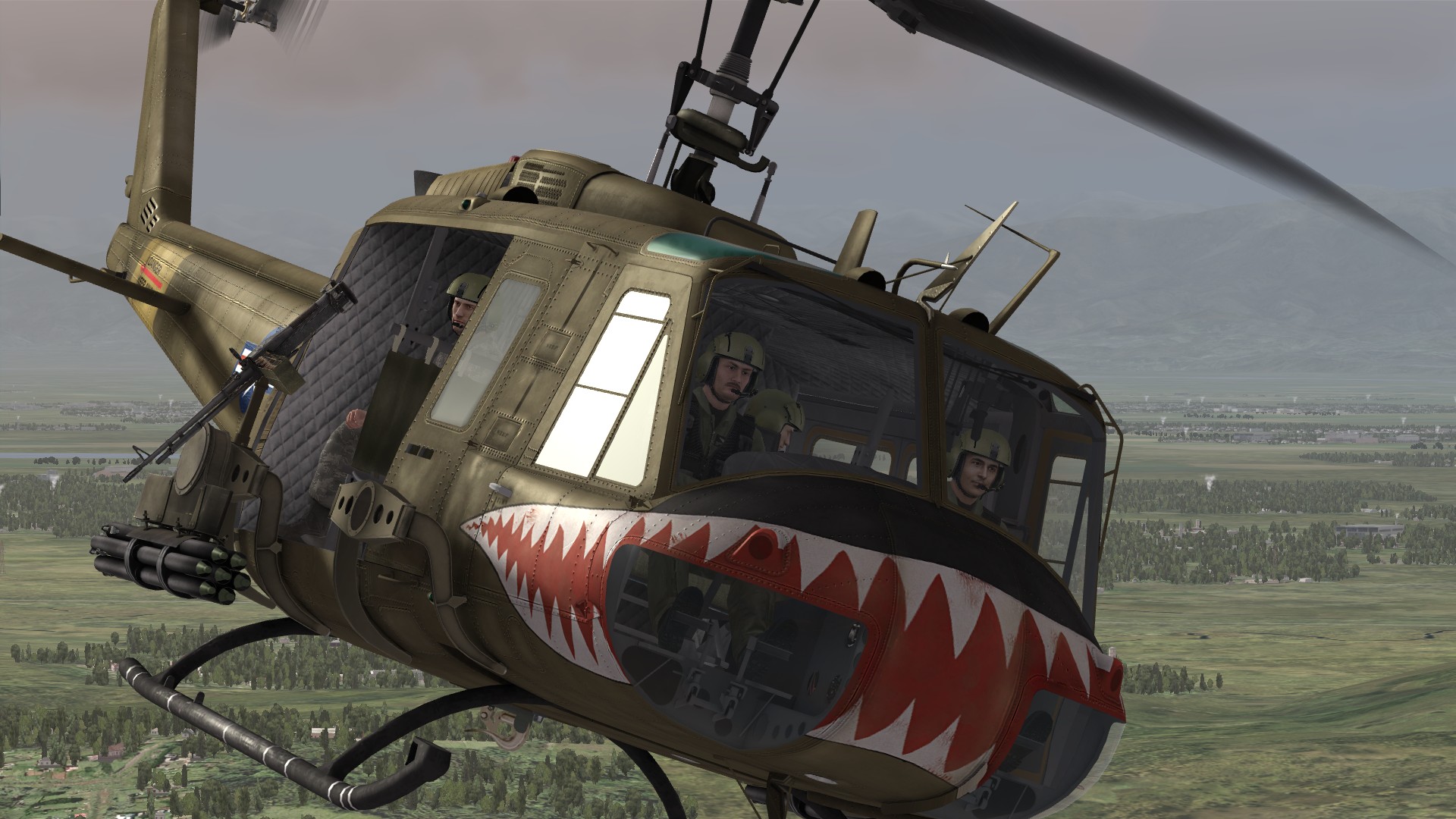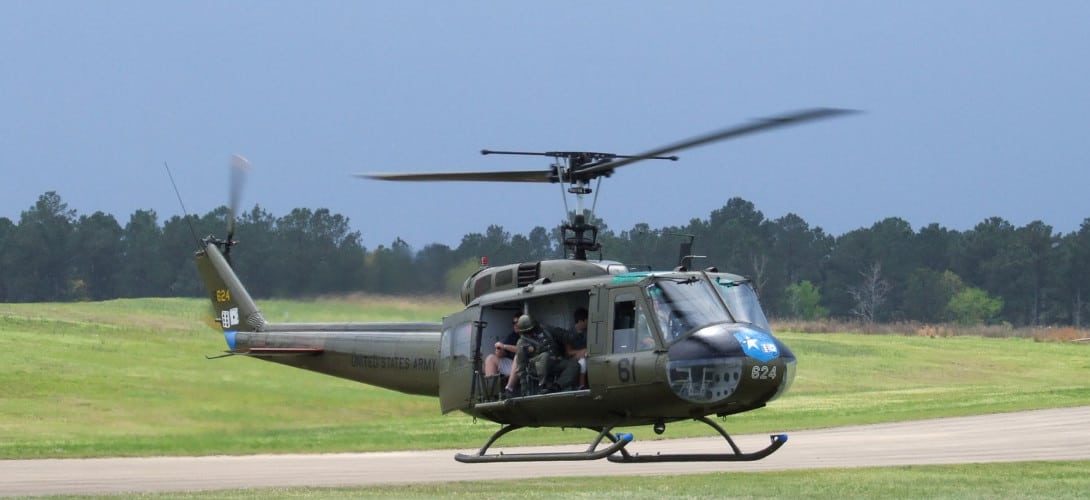
“On average, Medicare pays $5,900 per transport, Medicaid pays $3,500 per transport, and the average uninsured patient pays $350 per transport.” What helicopter has the greatest lifting capacity? “The median cost of a helicopter air ambulance flight is $10,200,” the AAMS said in a statement. If you want the very best, the Mil MI-26 is the biggest heavy-lift helicopter and can transport up to 44,000 pounds or 22 tons easily. If you hire a light utility helicopter, you can count on its lift being from 1200 to 4000 pounds or 0.6 to 2 tons total. The helicopter carries it through the sky. The helicopter can lift a big, heavy object. It can carry a train engine or even another helicopter. The CH-53H can pick up heavy vehicles of all kinds including tanks, humvees and even other helicopters from time to time.


This massive heavy- lift cargo helicopter is meant for going in and out of some pretty rugged areas. Helicopters hauling buckets full of water had been used for years, but it was Erickson’s innovations that transformed the Aircrane into one of the world’s most effective firefighting machines. It can lift 25,000 pounds and place it within an inch or two using an automatic flight control system to aid stability. Less lift than weight results in a constant downwards velocity, even in a free fall (terminal velocity).How much weight can a Skycrane helicopter lift? So for a 700 kg helicopter with a rotor that exerts 710*g = 6,965 N, the extra 98 N is used for overcoming aerodynamic drag associated with vertical speed.Īssuming that by "lift" only the vertical component of thrust is meant: more lift than weight results in a constant upwards velocity. If in the hover the rotor produces more lift than the weight, let's say 710*g,it accelerates upwards, resulting in a vertical velocity component that results in an additional aerdynamic damping force, proportional to vertical speed, caused by change of rotor blade Angle of Attack and fuselage vertical drag.

As the helicopter picks up speed, less power is required to provide the same amount of thrust due to reduction of induced drag - if power is not reduced, the helicopter starts to climb when transferring from hover to forward speed.

Vertical thrust component = lift must be equal to weight for the helicopter to fly at constant altitude. In forward flight at constant altitude, the rotor must produce more thrust with the thrust vector tilted forward at angle α. A helicopter with a mass of 700 kg must produce a lift of 700*g = 6,867 N to hover at constant altitude. In the hover, it must produce a lift force equal to the weight of the helicopter, in order for the helicopter to remain at constant altitude.


 0 kommentar(er)
0 kommentar(er)
